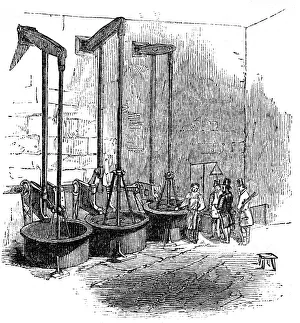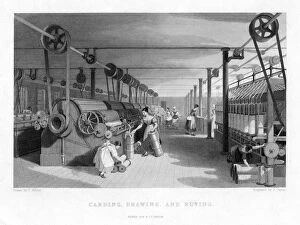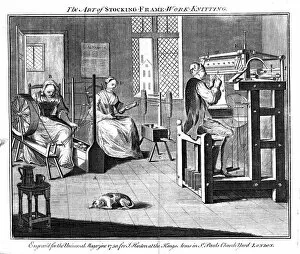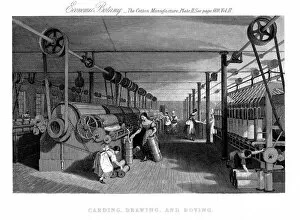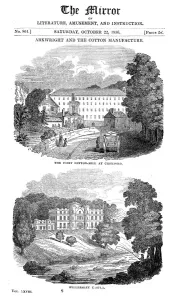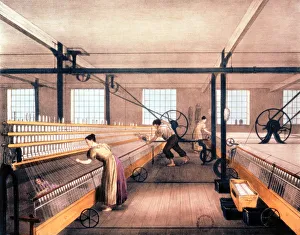Machinery Metal Print Collection (#8)
Step back in time and explore the awe-inspiring world of industrial revolution machinery with our Historic Metal Prints collection from Media Storehouse. These intricately detailed metal prints showcase the power and innovation of historic machinery, transporting you back to an era of progress and ingenuity. Each print is meticulously crafted to bring out the textures and patterns of the machinery, making them a stunning addition to any home or office space. Hang these prints in your living room, study, or workshop as a conversation starter or a source of inspiration. With their timeless design and high-quality finish, these metal prints are sure to be cherished for generations to come.
365 Metal Prints
All Professionally Made to Order for Quick Shipping
Why Choose Us?
How do I place an order?
-
Find your image: Use our search box or browse our online photo Collections to find the image you want.
-
Choose your print format: Select your desired product and add it to your cart.
-
Enter your details: If you're a returning customer, simply enter your email address and password, and we'll fill in your billing and shipping address details. All personal details are held securely and are fully GDPR compliant. As standard, we remove all Personally Identifiable Information after 12 months.
-
Pay for your purchase: We use state-of-the-art security for online shopping and do not have access to your card details.
-
Sit back and relax: We'll email you confirmation of your order and when it's dispatched. Registered customers can also track orders in the 'My Account' area.

